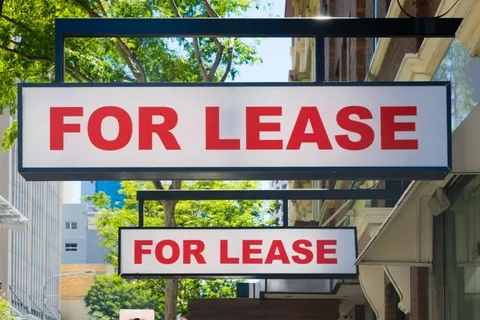When leasing property, one of the most important decisions you’ll face is choosing between a short-term and a long-term lease. Both options come with their own set of advantages and drawbacks, and what works best for you depends on your specific needs and circumstances. Here’s an in-depth look at short-term and long-term leases to help you make an informed decision.
What is a Short-Term Lease?
A short-term lease typically lasts anywhere from one month to a year. It’s commonly preferred for vacation rentals, temporary housing, or commercial spaces with seasonal demand.
Pros of Short-Term Leases:
- Flexibility: Ideal for tenants or landlords who need adaptable arrangements.
- Higher Rental Income Potential: Landlords can adjust rental rates frequently to match market demand.
- Trial Period: Suitable for tenants testing a new location or lifestyle before committing.
Cons of Short-Term Leases:
- Frequent Vacancies: Landlords may face periods without tenants, affecting income stability.
- Higher Turnover Costs: Regular cleaning, repairs, and marketing for new tenants can add up.
- Uncertainty for Tenants: Tenants may need to relocate if the lease isn’t renewed.
What is a Long-Term Lease?
A long-term leasing property generally spans more than a year, often two to five years or longer. It is popular for residential leases and commercial agreements in stable markets.

Pros of Long-Term Leases:
- Stable Income for Landlords: Reliable rental income with fewer vacancies.
- Lower Turnover Costs: Minimal expenses for tenant changeovers.
- Peace of Mind for Tenants: Tenants can secure a long-term home or workspace without frequent disruptions.
- Predictable Costs: Fixed rental terms ensure stability for budgeting.
Cons of Long-Term Leases:
- Limited Flexibility: Tenants and landlords are locked into the agreement, making it harder to adjust terms.
- Missed Opportunities: Landlords may miss out on increased rental income if market rates rise.
- Difficulty Exiting Early: Breaking a lease may involve penalties or legal complications.
Key Factors to Consider
1. Purpose of Leasing
- For landlords: Is the property in a high-demand area or subject to seasonal variations?
- For tenants: Are you seeking stability or exploring options in a new location?
2. Financial Goals
- Short-term leases may generate higher income during peak seasons.
- Long-term leases provide consistent income and lower management costs.
3. Market Conditions
- In competitive rental markets, short-term leases can capitalize on rising demand.
- Long-term leases may appeal more in stable markets with fewer fluctuations.
4. Legal and Contractual Considerations
- Ensure clarity on renewal terms, exit clauses, and penalties in both types of leases.
5. Tenant/Landlord Preferences
- Tenants seeking flexibility or temporary arrangements prefer short-term leases.
- Landlords or tenants desiring long-term stability gravitate toward extended agreements.
Which is Better?
Residential Renters:
- Short-Term Lease: Suitable for students, expats, or individuals in transition.
- Long-Term Lease: Best for families or individuals seeking permanence and stability.
Commercial Tenants:
- Short-Term Lease: Ideal for startups or businesses testing a new location.
- Long-Term Lease: Perfect for established businesses looking for consistency and a fixed workspace.
Landlords:
- Short-Term Lease: Great for properties in tourist destinations or high-demand urban areas.
- Long-Term Lease: Ideal for maintaining a steady cash flow in stable rental markets.


Pingback: Guide to Renting Commercial Space in Coimbatore - Raarya Realestate